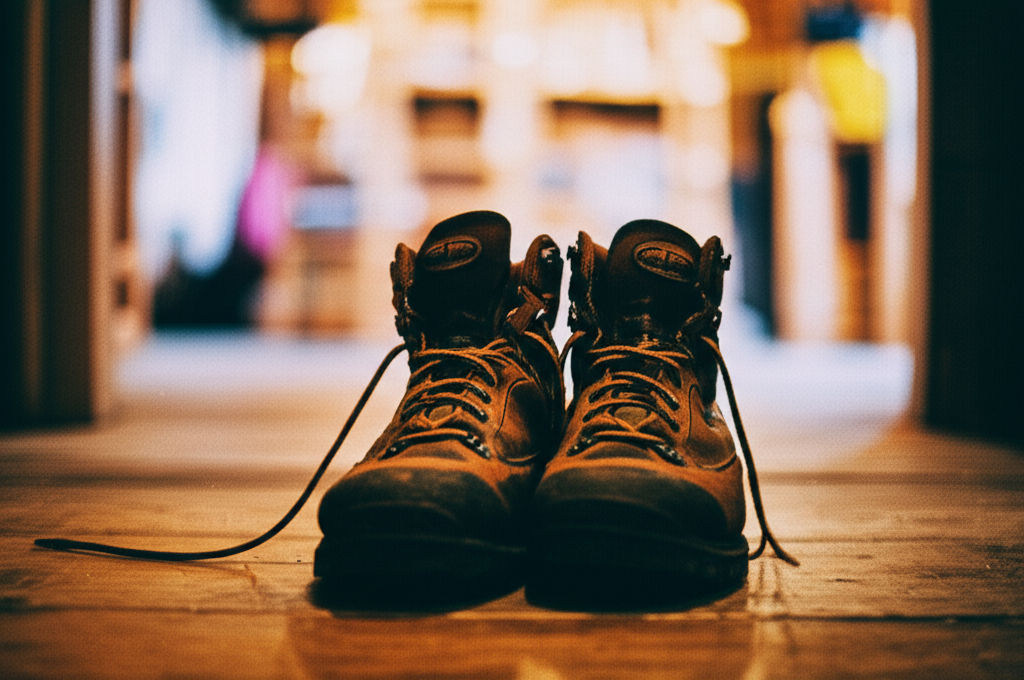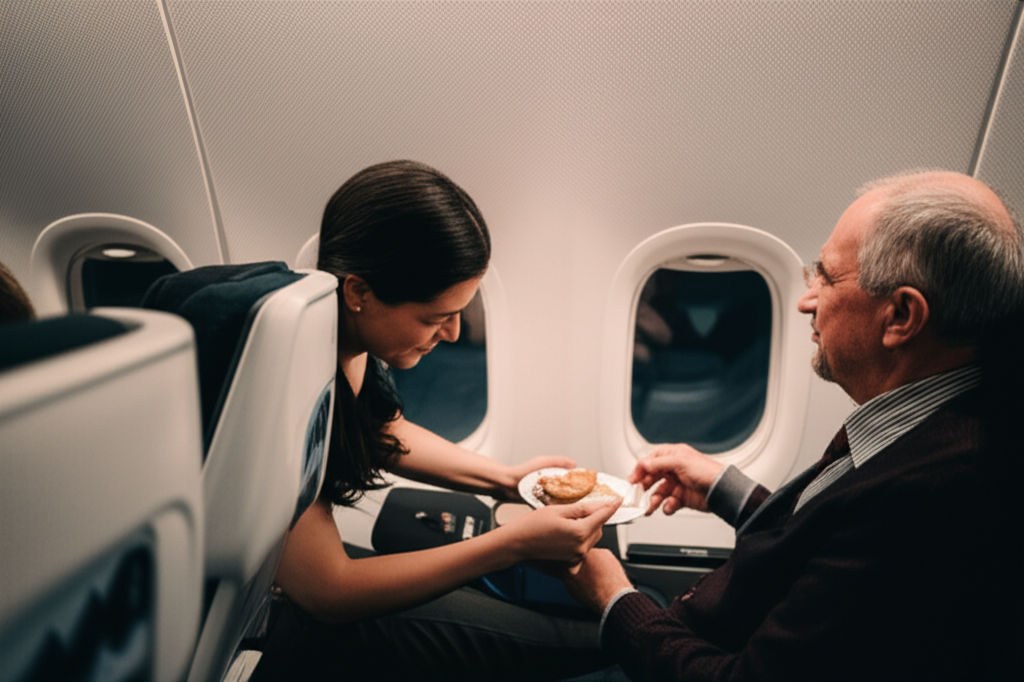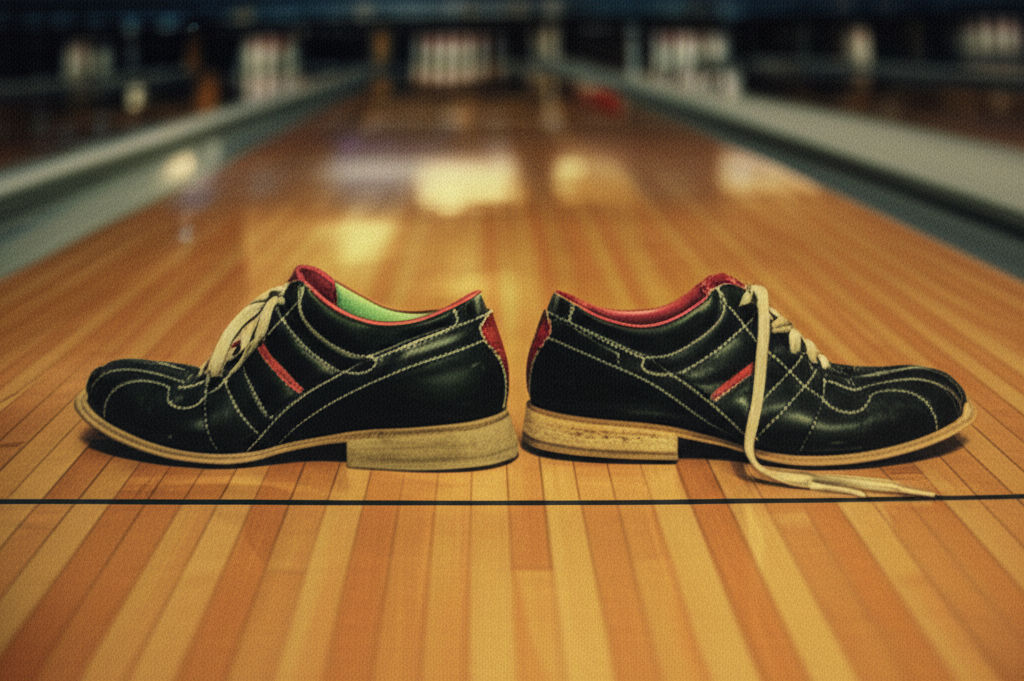Best Stroller Travel Systems for Parents
Ikhsan Rizki
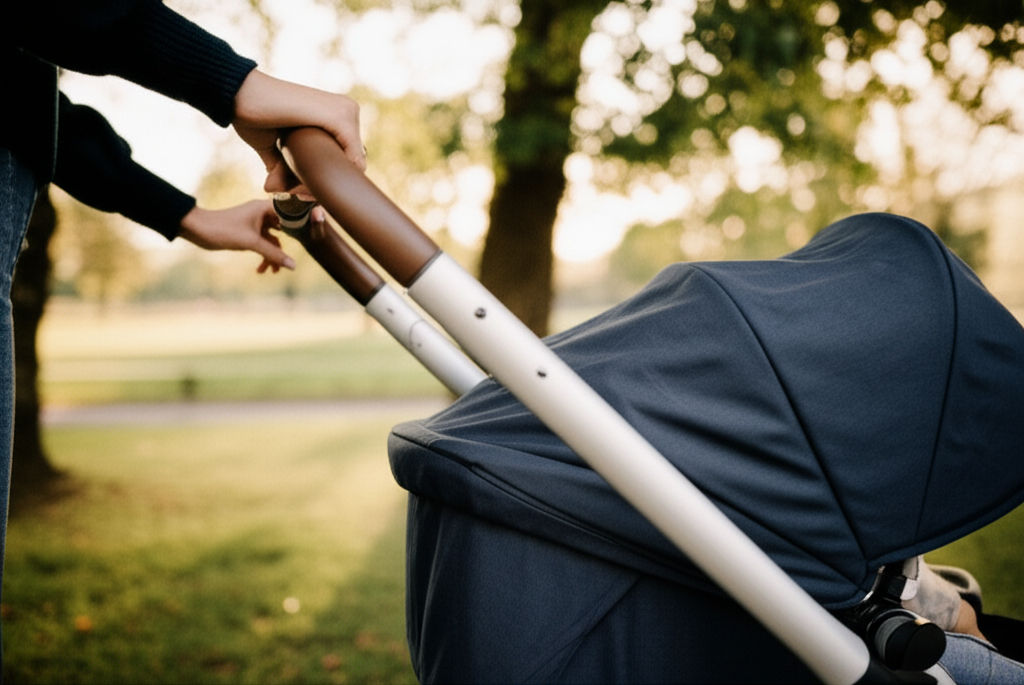
Photo: Simplify outings with a newborn! Discover the best stroller travel systems, their benefits, and essential features for safety & convenience.
Navigating the world with a newborn can feel like a complex dance, especially when it comes to getting from your car to the sidewalk and back again. For many parents, the solution lies in a versatile and convenient piece of baby gear: the travel system. But with so many options available, how do you choose the Best Stroller Travel Systems for Parents that truly fits your family's needs?
This comprehensive guide will walk you through everything you need to know about stroller travel systems, helping you make an informed decision that prioritizes safety, convenience, and your family's lifestyle.
What is a Stroller Travel System?
At its core, a stroller travel system is a coordinated set of baby gear designed to simplify your outings. It typically includes three main components in one package: an infant car seat, a stay-in-car base, and a compatible stroller. The hallmark of a travel system is its seamless integration, allowing you to click the infant car seat directly into the stroller frame, often without needing extra adapters. This means you can effortlessly move your sleeping baby from the car to the stroller without disturbing them.
Why Do Parents Need a Travel System?
The appeal of a travel system extends far beyond just convenience. For busy parents, these integrated systems offer a multitude of benefits:
- Effortless Transitions: Imagine your baby finally dozing off in the car. With a travel system, you simply unclip the infant car seat from its base in the car and click it onto the stroller frame. No unbuckling, no waking, just smooth sailing from vehicle to sidewalk.
- Consolidated Purchases: Buying a travel system often bundles two essential items—a car seat and a stroller—into one purchase, which can be more cost-effective than buying them separately. This also simplifies your shopping list during what can be an overwhelming time.
- Stroll from Day One: Many standard strollers require your baby to have sufficient head and neck control before they can use the main seat. Travel systems, however, allow you to use the infant car seat attached to the stroller from your baby's very first day.
- Unified Style and Design: Travel systems are designed to complement each other aesthetically, offering a cohesive look for your baby's gear.
- Safety and Peace of Mind: These systems are engineered to work together, undergoing rigorous safety testing to ensure secure connections and prevent tipping or detachment. This gives parents peace of mind while on the go.
Key Features to Look For in the Best Stroller Travel Systems
When evaluating different travel systems, certain features stand out as crucial for both safety and usability.
Safety First: Car Seat Essentials
The infant car seat is arguably the most critical component, as it's responsible for your baby's safety during car travel.
- Safety Standards: Ensure the car seat meets or exceeds federal and ASTM safety standards (like ASTM F833-21 in the US) for crash protection. Look for certifications on the product or packaging.
- 5-Point Harness System: This is the gold standard for car seat and stroller safety, securing your child at the shoulders, hips, and between the legs. It helps distribute impact forces in case of an accident.
- Side Impact Protection: Many modern infant car seats include enhanced side impact protection, offering additional safety in a side-collision scenario.
- Ease of Installation: A car seat that is easy to install correctly in your vehicle is paramount. Look for features like LATCH compatibility and clear indicators for proper installation.
- Weight and Height Limits: Be mindful of the car seat's limits, as infant car seats are typically outgrown by weight or height within the first 1-2 years.
Stroller Functionality & Convenience
The stroller component of a travel system is what you'll likely use for a longer period, often well into your child's toddler years.
- Seamless Integration: The ability to easily and securely click the infant car seat into the stroller frame is non-negotiable.
- Maneuverability: How easily does the stroller turn and navigate? Consider the wheel type (e.g., air-filled for jogging, solid for urban use) and suspension for a smooth ride. Test it out if possible.
- Fold Mechanism: A one-hand fold mechanism can be a lifesaver when you're holding your baby. Look for systems that fold compactly and stand independently when folded for easier storage.
- Storage Space: A generous storage basket underneath is invaluable for diaper bags, groceries, and other essentials.
- Adjustable Features:
- Handlebar: An adjustable handlebar ensures comfortable pushing for parents of different heights.
- Reclining Seat: For the stroller seat itself, multiple recline positions are beneficial, especially for naps. Some even offer a lay-flat carriage mode suitable for newborns without the car seat.
- Canopy: An extendable canopy with UPF protection and perhaps a peek-a-boo window offers excellent sun and weather protection for your little one.
- Durability and Materials: Look for sturdy frames and easy-to-clean fabrics that can withstand daily wear and tear.
Types of Stroller Travel Systems
Travel systems come in various configurations to suit different lifestyles:
- Modular Travel Systems: These are the classic systems, often including a car seat, stroller, and sometimes a bassinet. They offer versatility, with some allowing the stroller seat to be rear or forward-facing.
- Three-Wheel Travel Systems: Often narrower and more compact, these are great for city dwellers navigating crowded spaces.
- Four-Wheel Travel Systems: Generally sturdier, offering more stability over uneven terrain and often more storage space, though they can be bulkier.
- Jogger Travel Systems: Designed for active parents, these feature mountain-bike-style suspension and air-filled tires for smooth gliding over various terrains. They combine a jogging stroller with a compatible infant car seat.
- Double Travel Systems: For twins or siblings close in age, some travel systems can convert from a single to a double stroller, or offer attachments for a second seat or a ride-along board.
Top Considerations When Choosing Your Travel System
Beyond features, your family's unique circumstances should guide your choice.
- Your Lifestyle:
- Urban Dwellers: A lightweight, compact, and easily maneuverable system with a good turning radius will be crucial for navigating city streets, public transport, and tight spaces.
- Active Families: If you plan to jog or traverse rougher paths, a jogging travel system with robust suspension and all-terrain wheels is ideal.
- Frequent Travelers: A system that folds compactly and is lightweight will be a blessing when flying or taking road trips. Some even convert directly from car seat to stroller with wheels that fold up.
- Budget: Travel systems range widely in price. While budget-friendly options exist, investing a bit more in a quality system can offer better durability and safety features, potentially saving money on replacements in the long run.
- Space and Storage: Measure your car's trunk and your home's storage areas. A bulky system can be a hassle if space is limited. Consider models with a compact fold or removable wheels.
- Longevity and Future Needs: While infant car seats are used for a limited time, the stroller component can last for years. If you plan to have more children, consider a convertible system that can adapt to a double stroller.
Maintaining Your Stroller Travel System for Longevity
Proper maintenance is key to ensuring your travel system remains safe, functional, and clean for years to come.
- Regular Cleaning: Wipe down the frame and handlebars with a damp cloth and mild soap regularly. For fabric components, check the manufacturer's instructions, as many are removable and machine-washable. Vacuum crumbs and spot-clean harness straps.
- Inspect for Damage: Routinely check the frame, wheels, straps, and buckles for any signs of wear, cracks, fraying, or loosening. Address issues promptly.
- Wheels and Brakes: Keep wheels free of debris (use an old toothbrush for scrubbing) and lubricate moving parts with a silicone-based spray to ensure smooth operation and prevent rust. Test the brakes regularly to ensure they are functioning properly and engage them every time you stop.
- Proper Storage: When not in use, store your travel system in a clean, dry area to prevent mold and rust. Avoid direct sunlight, which can fade fabrics, and use a rain cover in wet weather.
- Follow Manufacturer's Instructions: Always refer to your specific model's manual for detailed cleaning and maintenance guidelines.
Conclusion
Choosing the Best Stroller Travel Systems for Parents is a significant decision that impacts your daily life with a little one. By understanding what these systems offer, prioritizing essential safety features, considering your family's lifestyle, and committing to regular maintenance, you can select a travel system that provides unparalleled convenience, comfort, and peace of mind.
What features do you value most in a travel system? Share your thoughts and experiences in the comments below – your insights could help another parent on their journey!
Frequently Asked Questions (FAQ)
Are travel systems truly worth the investment?
Yes, for many parents, travel systems are absolutely worth it. They offer significant convenience by allowing seamless transitions from car to stroller without disturbing your baby, and they are often more cost-effective than buying a separate infant car seat and stroller.
How long can a baby use a travel system?
The infant car seat component of a travel system is typically used until your baby reaches its weight or height limit, which is usually around 1 to 2 years of age (e.g., up to 30-35 pounds and 32 inches). However, the stroller itself often has a higher weight limit (e.g., up to 50 pounds) and can be used well into the toddler years, sometimes even converting to accommodate a second child.
What's the difference between a travel system and a regular stroller?
The main difference is that a travel system includes a compatible infant car seat and its base, allowing the car seat to click directly onto the stroller frame. This provides a safe and convenient way to transport newborns from day one. Regular strollers, while versatile, may not be suitable for newborns without an additional bassinet or a specific car seat adapter, and they don't typically come as a bundled car seat and stroller combo.
Do all car seats fit all strollers in a travel system?
No, not all car seats fit all strollers. Travel systems are designed so that the included infant car seat is directly compatible with the stroller frame. If you're buying a stroller and car seat separately, you'll need to ensure they are compatible, and you may need to purchase specific adapters to connect them, especially if they are from different brands.
Business
View All
November 19, 2025
Why Deloitte Is Laying Off ConsultantsUnderstand why Deloitte is laying off consultants. Economic headwinds, post-pandemic overhiring, and shifting client needs are key factors.
Ikhsan Rizki

August 11, 2025
Review of HON Office FurnitureChoosing office furniture? Our HON review covers reliability, affordability, and who it's best for, helping you pick the right fit for your workspace.
Ikhsan Rizki

August 31, 2025
Best Ways to Find Costco Coupons in 2025Unlock maximum Costco savings in 2025! Discover how to find Instant Savings, use the app, and get email deals for ultimate discounts.
Ikhsan Rizki

November 5, 2025
Virginia Business Search Made EasyUnlock Virginia business info effortlessly! Our guide simplifies SCC searches for name availability, due diligence, and company details. Get reliable results.
Ikhsan Rizki

August 14, 2025
Business Lessons from Busy SpiderUnravel the secrets of success! Discover how a spider's strategic web design, persistence, and efficiency can transform your business.
Ikhsan Rizki

September 10, 2025
How to Style a Risky Business OutfitElevate your office style! Master the "risky business outfit," balancing professionalism with a confident, fashion-forward edge.
Ikhsan Rizki
Economy
View AllUnpack "full employment" beyond zero unemployment. Discover its true meaning, impact on the economy, and how it shapes policy. Master key economic concepts.
Ikhsan Rizki
Decatur, GA on a budget? Learn strategies to find an affordable, quality hotel stay. Enjoy your trip without sacrificing comfort or location!
Ikhsan Rizki
Find comfortable, clean, and affordable economy lodges for your next trip. Our guide helps you discover budget-friendly stays near you!
Ikhsan Rizki
Unlock motivation with the power of token economies! Learn the psychology behind this system to drive positive behavior and achieve goals.
Ikhsan Rizki
Upgrade your long-haul flight! Discover ITA Airways Premium Economy: enhanced comfort, more space, and amenities without the business class price tag. Is it for...
Ikhsan Rizki
Is Singapore Airlines Economy a cut above? Uncover its premium comfort, world-class entertainment, and renowned service in this guide.
Ikhsan Rizki
Education
View AllMaster "Physical Education" in Spanish! This guide covers "Educación Física," "EF," and regional variations like "Gimnasia." Speak confidently!
Read MoreDiscover special education teacher salaries! Learn national averages, key influencing factors, and strategies to boost your income in this rewarding career.
Read MoreUncover the UGA Marine Center in Savannah, GA. Dive into groundbreaking marine research, education, and conservation protecting Georgia's coast.
Read MoreEmpower your child's special education journey. An IEE offers an unbiased second opinion to ensure their needs are truly met.
Read MoreShape the future of education! Explore Director of Education jobs, key responsibilities, and career paths for experienced leaders.
Read MoreUnpack why Democratic AGs are suing the Education Dept. Learn the key issues, from student loans to policy, and their impact on American education.
Read MoreHealth
View All
September 24, 2025
Pueblo Community Health ServicesDiscover Pueblo Community Health Services (PCHS): accessible, comprehensive medical, dental, & behavioral health for all in Pueblo. Your guide to quality care.
Ikhsan Rizki

August 24, 2025
LifeStance Health Reviews TodayConsidering LifeStance Health? Get real patient insights. Explore services, reviews, and tips to decide if this mental health platform is right for you.
Ikhsan Rizki

November 6, 2025
Ponce Health Sciences University InfoPonce Health Sciences University (PHSU): A distinguished choice for health education, offering diverse programs, cutting-edge research & community focus.
Ikhsan Rizki

November 29, 2025
San Jose Behavioral ServicesSan Jose behavioral services: Your guide to mental wellness in Silicon Valley. Find local support & thrive amidst life's pressures.
Ikhsan Rizki

October 26, 2025
Follow My Health Northwell Login TipsGet seamless access to your Follow My Health Northwell patient portal. Our guide offers tips to resolve login issues and manage your health records with ease.
Ikhsan Rizki

August 24, 2025
Top 25 Health Science Jobs for 2025Unlock your future! Discover the top 25 in-demand health science jobs for 2025. Find a fulfilling and stable career in healthcare.
Ikhsan Rizki
Popular Articles
View All
1
2
3
4
5
6
7
8
9
10
Lifestyle
View All
November 2, 2025
What is HM Lifestyle on your credit card
Mysterious "HM Lifestyle" charge on your card? Unravel what it means, from H&M purchases to potential fraud, and how to investigate.

September 18, 2025
Life With a Five Million Dollar Net Worth
Ever wonder what life with $5M net worth is *really* like? Uncover the true realities, responsibilities, and financial freedom beyond the luxury.

November 24, 2025
Inside Red Monkey Lifestyle Brand
Red Monkey Lifestyle Brand: Authentic rock & roll style handcrafted in America. Unique, vintage-inspired accessories for those who stand out.

October 1, 2025
The Passage Hotel Is a Must Stay
The Passage Hotel Basel: Your must-stay destination for luxury, comfort, and an unbeatable city center location. Unforgettable travel awaits!

August 13, 2025
Manchester Adult Lifestyle Overview
Unlock your best life in Manchester! This guide covers top neighborhoods, career insights, leisure, and community to help you thrive in this vibrant city.

October 8, 2025
Bose Model 5 Music System
Explore the Bose Model 5 Music System. Get immersive, room-filling sound from a sleek, compact home audio solution. Rediscover your music!

November 8, 2025
Inside the world of Lifestyle Inc
Explore "Lifestyle Inc," the vast ecosystem shaping modern life. Understand its influence, make mindful choices, and take control of your well-being.

November 18, 2025
Are Lifestyles Prices Worth It
Are your lifestyle choices worth the cost? Decode "lifestyle prices" to ensure you're getting true value from your spending.
Sports





Travel
View All
October 31, 2025
Tex Best Travel Center Roadside Stop
Find the perfect pit stop in Texas! Tex Best Travel Center offers clean restrooms, diverse fuel, and food to redefine your road trip experience.

October 4, 2025
EOS Vanilla Cashmere Hand Cream Travel Size
Banish dry travel hands! Get soft, hydrated skin on the go with EOS Vanilla Cashmere Hand Cream Travel Size. Your compact hydration secret.

September 27, 2025
Prayer for Safe Travel
Find peace and protection for your journey. Discover how a powerful prayer for safe travel can reduce anxiety and bring divine peace of mind.

August 5, 2025
Direct Line travel insurance
Direct Line travel insurance: No new policies. Existing customer? This guide helps you manage your policy, understand coverage, & navigate claims.

October 4, 2025
Fellow Travelers Book on Love and Politics
Discover Thomas Mallon's "Fellow Travelers," a poignant novel masterfully intertwining forbidden love with McCarthy-era political paranoia.
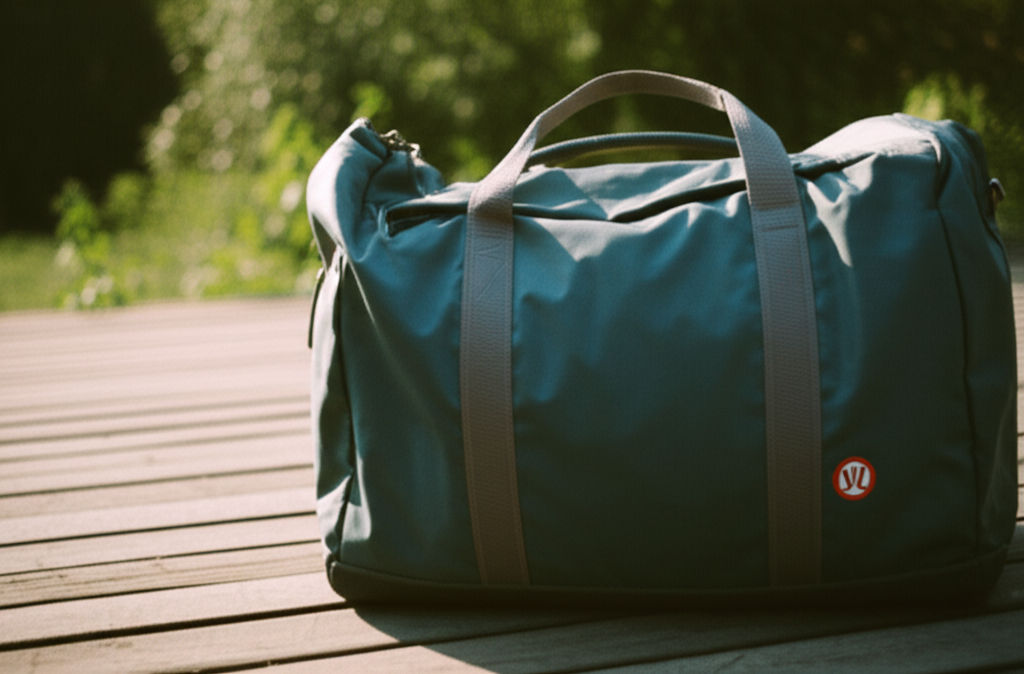
November 7, 2025
Lululemon Travel Bag for Active Lifestyles
Elevate your active travel! Find the ultimate Lululemon bag for seamless organization, durability, and style on all your adventures.


